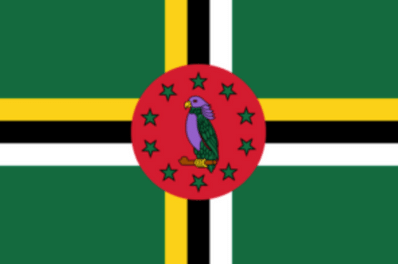Dominica
Dominica


Dominica, a small island in the eastern Caribbean Sea, has a fascinating history that reflects its verdant surroundings and thriving culture. Dominica’s history is examined in this article, shedding light on the effects of native populations, European colonialism, and the fight for freedom. Dominica’s history, from the time of the island’s discovery by Christopher Columbus to the present, is a testament to the resiliency and perseverance of its people.
Primitive Societies and Urban Development
The Kalinago people were among the indigenous groups that called Dominica home long before Europeans arrived. They had a deep affinity for the island’s natural riches and coexisted peacefully with the island’s flora and animals. The island’s future was certain to change once Europeans settled there.
The Struggle for Independence from Colonialism
Dominica was colonized by the Spanish, French, and British at different points in its history. The island went through several ownership transitions before settling as a British colony in the 18th century. The arrival of African slaves and the expansion of sugarcane plantations during this time period both shaped Dominica’s multiethnic character.
In the middle of the twentieth century, Dominica’s fight for independence gained steam. In 1978, Patrick John became the first Prime Minister of Dominica after the island gained independence within the Commonwealth. Dominica’s contemporary political and social landscape is largely attributable to the independence movement.












You must be logged in to post a comment Login